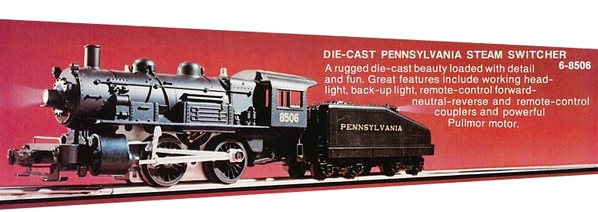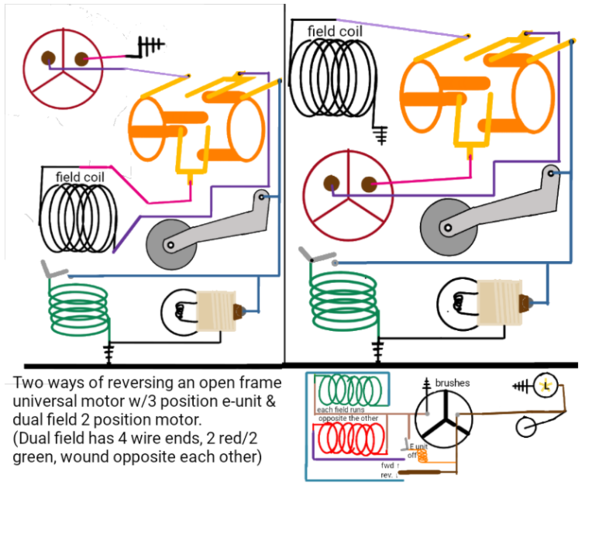Howdy to all,
I am new to this site and I need help. I am a retired Vietnam vet (1971-1972) and a former USMC sergeant from 1969 to 1973. I just had triple by pass surgery (only 7 weeks out) after suffering a heart attack while on the operating table. Thank God I survived. I have two old Lionel engines that I purchased and neither of them will run. One is a die cast 0-4-0 and the other is a plastic 2-4-2 (scout?) engine. I have an HO scale layout and know how to work on DC motors and engines but the AC that Lionel uses has me plum baffled. I live in eastern Tennessee and was wondering if there is some member who works on Lionel engines? I can ship them to you and pay for the return postage as well as whatever the charges may be to fix these two engines. I'm trying to set up an O scale layout and have some rolling stock but I need my engines fixed to pull my rolling stock. Any information or help would certainly be appreciated. I look forward to any responses. I really love this site! You guys seem so helpful to us newbies. Thank you.














